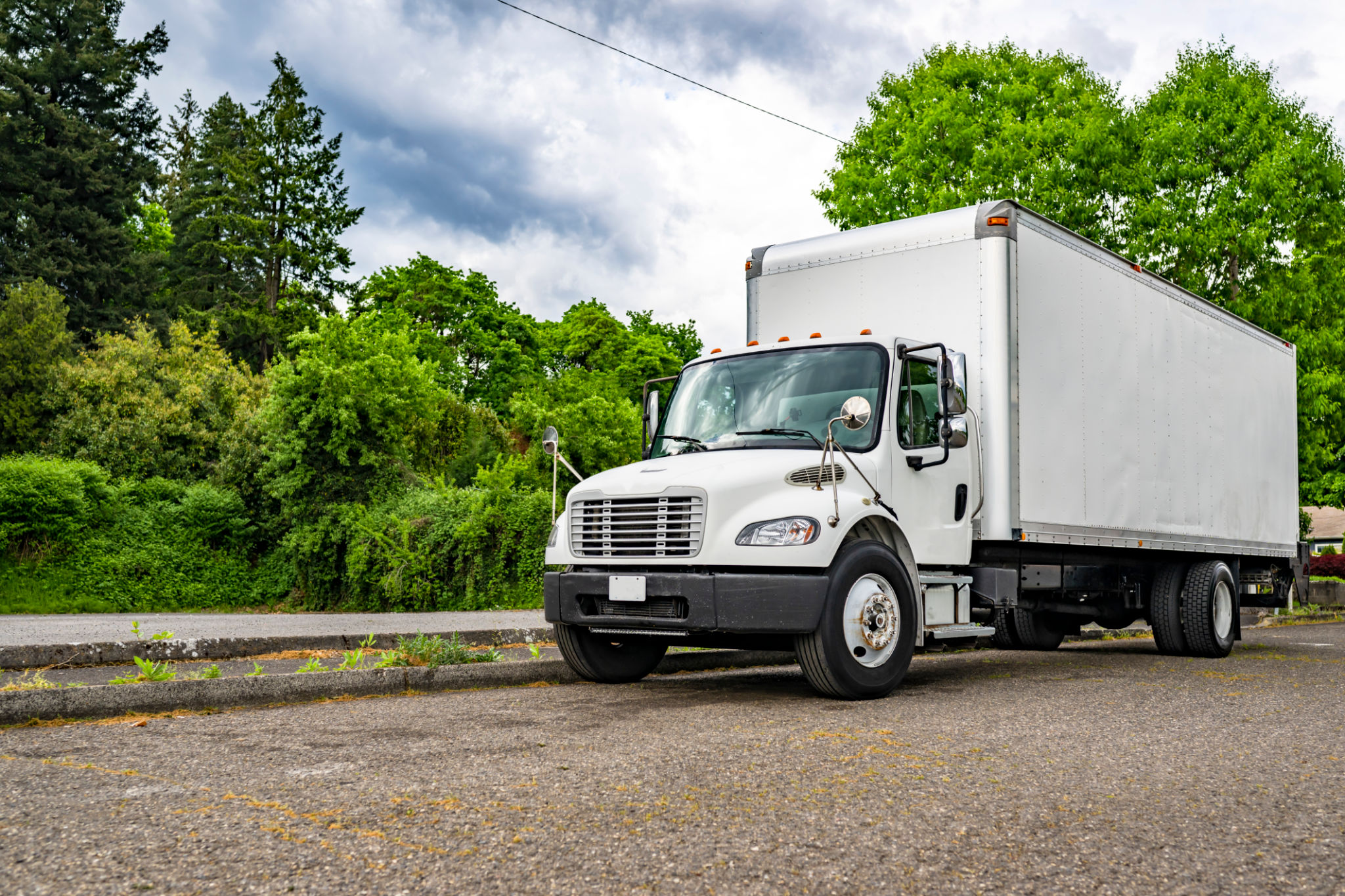How to Efficiently Dispatch Box Trucks: Expert Tips for Success
Understanding the Basics of Box Truck Dispatching
Efficiently dispatching box trucks is crucial for businesses that rely on timely deliveries and pick-ups. Box trucks, known for their versatility and size, require strategic planning to optimize routes and reduce downtime. By understanding the fundamentals of box truck dispatching, businesses can enhance operational efficiency and customer satisfaction.

Route Optimization Techniques
One of the most effective ways to dispatch box trucks efficiently is through route optimization. By using advanced software tools, businesses can calculate the fastest and most fuel-efficient routes. These tools consider variables such as traffic patterns, road conditions, and delivery windows. Implementing these technologies not only saves time but also reduces fuel costs and wear on vehicles.
Another tip is to regularly update your routes based on real-time data. Conditions on the road can change unexpectedly due to weather or construction, so having a dynamic routing system allows for quick adjustments. This adaptability ensures that deliveries stay on schedule and minimizes potential delays.
Implementing Fleet Management Systems
Fleet management systems are essential for efficient box truck dispatching. These systems provide valuable insights into vehicle maintenance schedules, driver performance, and fuel usage. By keeping track of these metrics, businesses can make informed decisions that enhance productivity and reduce operational costs.

Moreover, fleet management systems allow dispatchers to monitor the location of each vehicle in real-time. This visibility ensures that any potential issues can be addressed promptly, reducing downtime and enhancing service delivery.
Effective Communication with Drivers
Clear communication between dispatchers and drivers is vital for successful box truck operations. Dispatchers should establish a reliable communication channel to keep drivers informed about any changes in their schedule or route. This could be achieved through mobile apps or dedicated communication devices.
Regular check-ins with drivers can also help in identifying any issues they might be facing on the road. Encouraging feedback from drivers allows businesses to continuously improve their dispatch strategies and create a more supportive work environment.

Strategic Load Planning
Strategic load planning plays a critical role in efficient box truck dispatching. By optimizing how goods are loaded onto trucks, businesses can maximize space utilization and minimize loading times. Consider the weight distribution and order of deliveries to streamline operations further.
Using technology to assist with load planning can help ensure that each truck is loaded efficiently, reducing the number of trips required and cutting down on fuel consumption. This approach not only enhances efficiency but also contributes to sustainability efforts.
Continuous Monitoring and Improvement
The key to efficient box truck dispatching lies in continuous monitoring and improvement. Regularly reviewing performance metrics such as delivery times, fuel usage, and customer feedback allows businesses to identify areas for improvement. Implement changes as needed to refine your dispatch strategy continuously.
Investing in training programs for dispatchers and drivers can also lead to significant improvements in efficiency. Well-trained staff are better equipped to handle challenges and contribute positively to the company's success.

